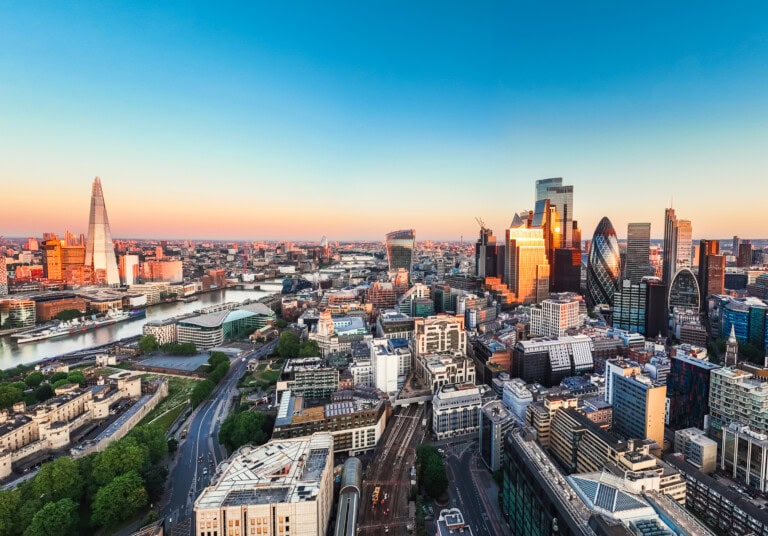Embodied Carbon Summit 2025

UKGBC co-hosted the summit with IStructE and RICS, funded by the Happold Foundation. The purpose was to bring together industry and policymakers and build on the research report produced by AECOM for the Ministry of Housing, Communities, and Local Government (MHCLG), published earlier this year. Through the course of the afternoon, attendees discussed the main topics of the report and identified solutions and actions that can help the UK built environment to accelerate reductions in embodied carbon.

1. Regulation can unlock major economic and industrial opportunities
Participants highlighted clear economic upsides from scaling low-embodied-carbon solutions: from increased demand for UK-made low-carbon materials to improved asset value and marketability – with reference to case study examples demonstrating that low-carbon buildings can attract high interest and outperform the market. However, as several noted that the UK risks losing competitiveness if lower-carbon materials are more readily accessible overseas. Regulation would create certainty, stimulate domestic manufacturing, and position the UK as a global exporter of low-carbon construction expertise and services.
2. Government signals are essential to accelerate industry action
Despite strong industry momentum, participants stressed that government direction is currently the missing piece. Clear, timely policy (whether through planning, building regulations or national targets) would help formalise momentum, support investment decisions, and reinforce the “ambition loop” where regulation and innovation drive each other. Examples from Westminster City Council (e.g. retrofit-first approaches and embodied carbon considerations) show how policy can meaningfully shift project decisions towards retention and low-carbon solutions.
3. Consistency and standardisation are crucial
There was a broad consensus that without regulation, the UK is moving towards less consistency, not more. Multiple methodologies, tools and interpretations are emerging, but without a unifying framework, this risks fragmentation and inefficiency. Participants called for better integration with digital design workflows and asked for clarity from MHCLG on barriers to establishing a national, standardised approach.
4. Skills and training need support, but also represent a major jobs opportunity
Upskilling was identified as a major enabler and a significant economic opportunity. Participants highlighted the need for:
- clear regulatory requirements to guide training pathways
- government investment to reduce costs of upskilling
- recognition of existing industry-led efforts
There is huge potential for new, skilled green jobs, but more clarity and funding are needed to unlock this at scale.
5. Fire safety and insurance concerns are solvable with evidence and collaboration
Discussions acknowledged fire and insurance challenges, especially for mass timber, but noted significant progress. Industry-produced guidance is helping to build confidence among insurers and demonstrate that low-carbon materials can be deployed safely with the right design principles.
6. Better data, stronger evidence, and coordinated tools are essential
Participants emphasised that the UK must maintain its reputation for technical leadership, and avoid falling behind Europe. To do this, robust data on cost impacts, supply chain effects, and lessons from EU regulation will be essential. Tools and data should ultimately support effective action, not administrative burden.
There was also a shared reminder at the end of the summit not to lose sight of the core purpose: reducing emissions in response to the climate emergency, so let’s ensure that is kept as the goal and not let the perfect be the enemy of the good.
If you have any questions about the summit or embodied carbon advocacy, please contact kirsty.girvan@ukgbc.org.

Related
Equipping Local Authorities to Drive Action Through Low Carbon Training

Retrofit First is coming to Westminster: How Local Authorities set New Standards

Sustainable Construction for the Sustainable Development Goals

What is Operational Carbon in buildings?


